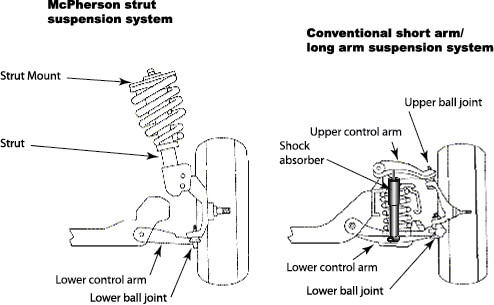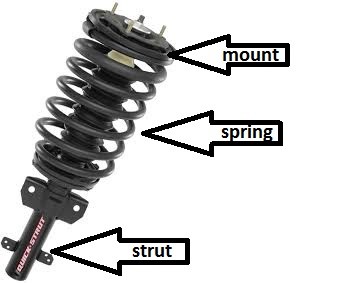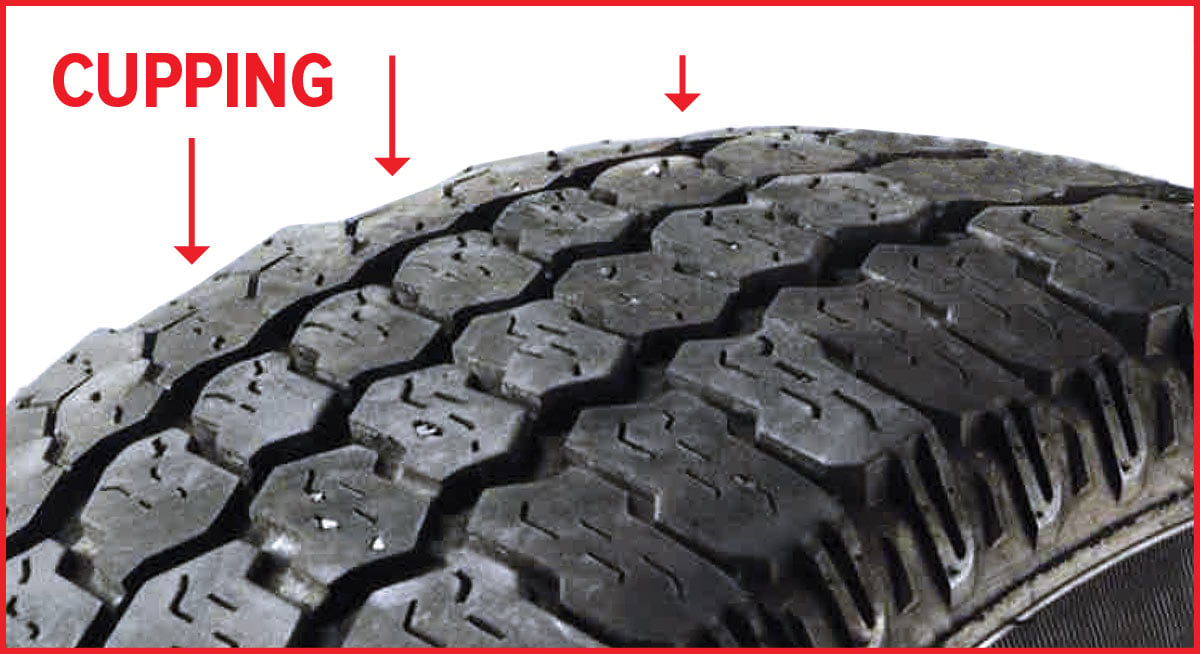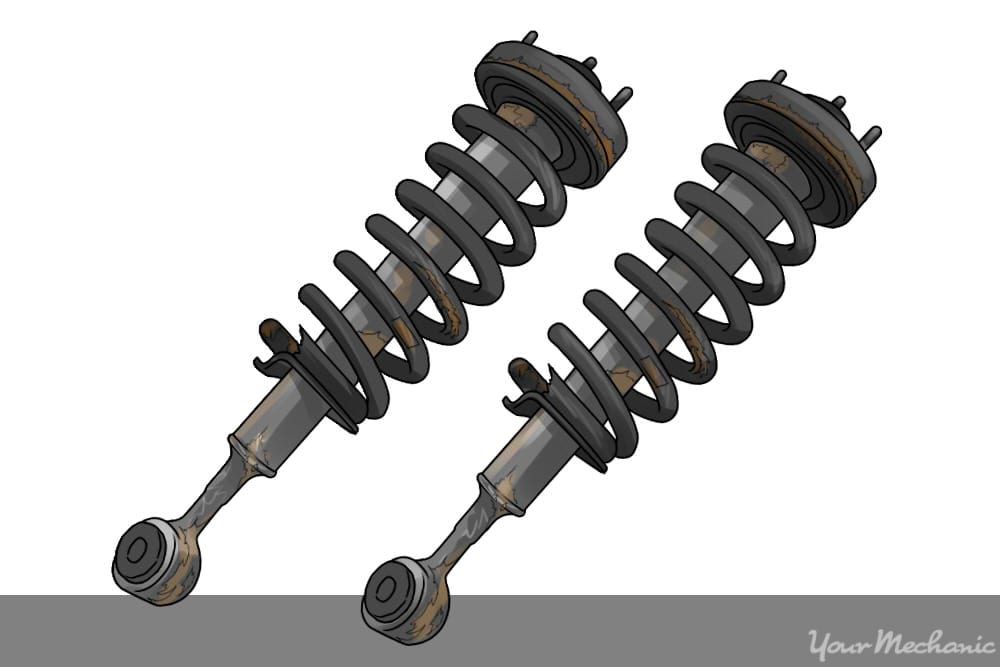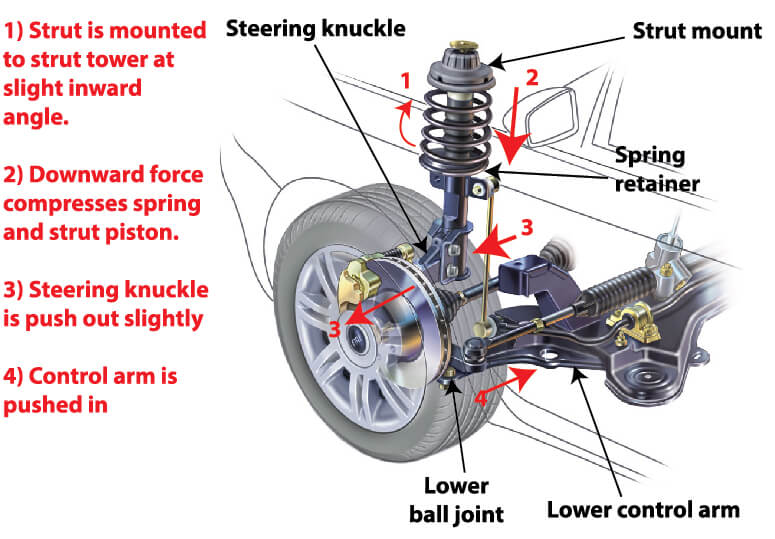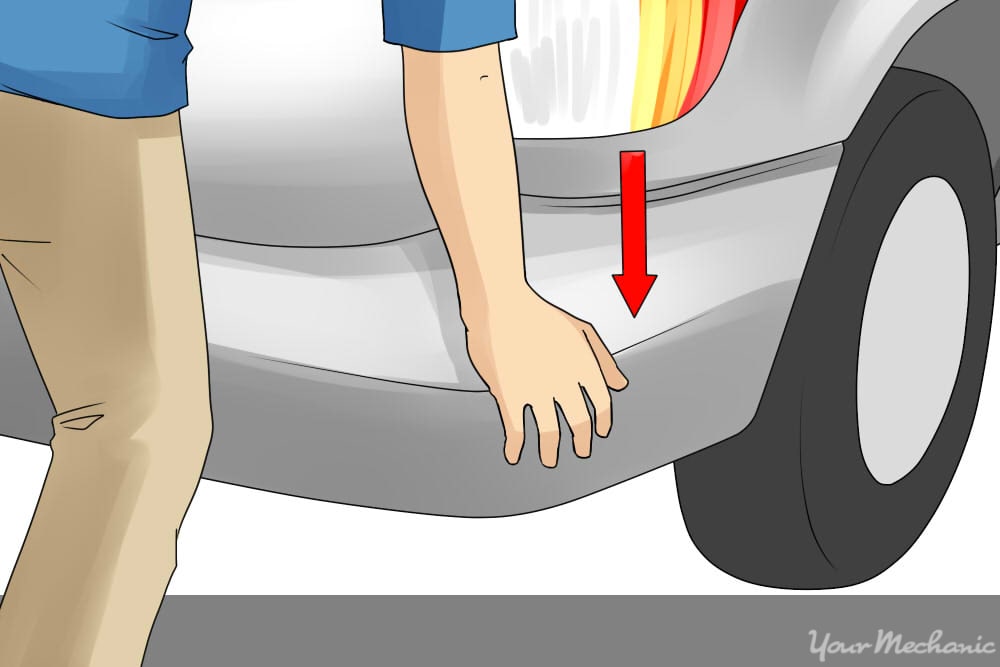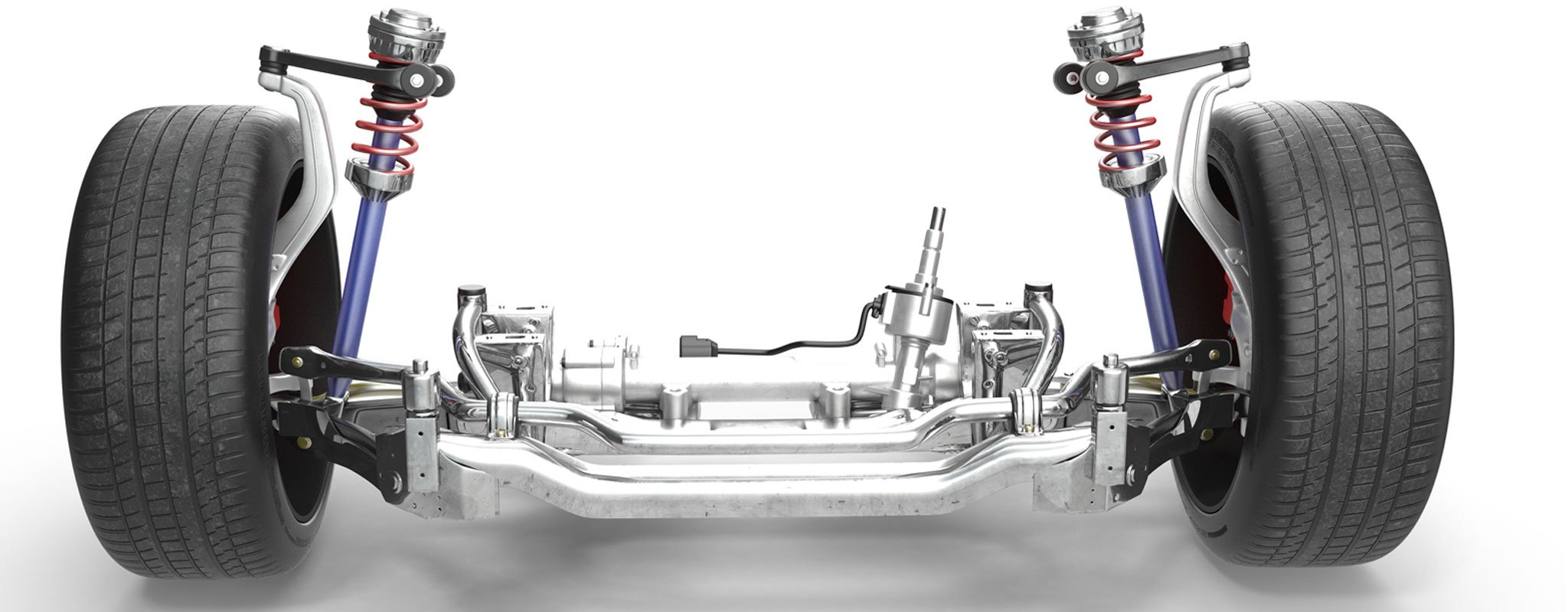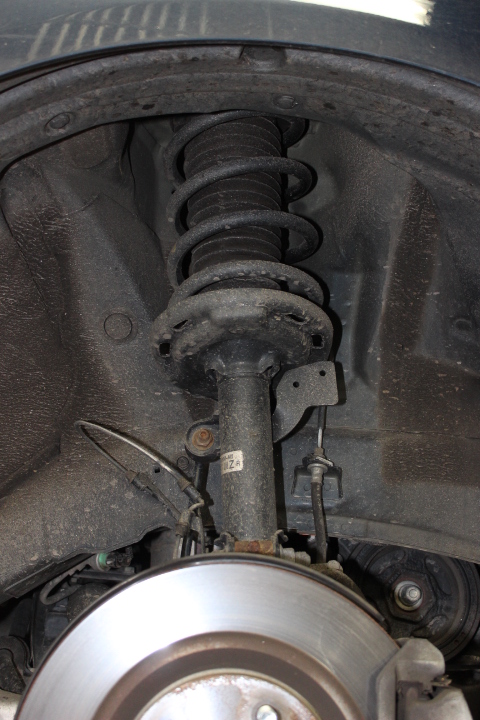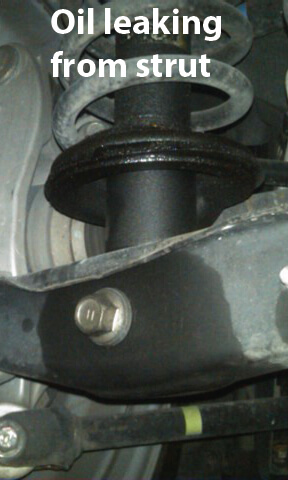Cool Info About How To Check Shocks

How to check your car’s suspension system, old school scotty kilmer, diy and car review.
How to check shocks. Leaking fluid on the exterior of shocks or struts. How to check for blown shocks on your car, truck or suv. Open the valve on the nitrogen tank.
To check your shocks gabriel® advises that you take your vehicle to your local service technician and let them do an inspection. As you push down on the corner of your car the car should go down and return to the previous position without bouncing up and down multiple times. How to test your shocks and struts.
How tell if you need new shocks or struts in your car. Firstly, you can check if your car’s shocks are okay by observing the stability on the road. Remove the cap from your shock reservoir.
Perhaps the easiest way to test shocks is by judging their performance, but a visual inspection and “bounce test” can. Push the car down and it should rise back up and stay. How to check shocks and struts in your car diy with scotty kilmer.
You may also hear a clunking noise. The other way to check if they’re on their way. Close the shut off valve you installed near the end.
If the car pulls down to one side or the tires bounce excessively, you most likely have. (rockauto.com is a motorweek sponsor) a kyb representative tells motorweek's pat goss how to test to see if it is time to replace shocks and struts. Use a brass brush or tooth brush to clean the threads on the valve stem.
Oil leaking from the shock shaft / rod, onto the body of the shock or strut. If you find clear or light brown fluid on the outside. The easiest way to check to see if your shocks and struts are worn out is by pressing down on each corner of your car to see how the car behaves.
Improper tire pressure will affect your test drive results. This purges the hose & fittings. If you want to do a quick check yourself, you can look for any.
These covers can be found at the top and bottom of the shocks. Because the tire isn’t being held firmly to the road, the tread wears in a wavy manner instead of evenly. How to know when “it’s that time”.
After hitting a bump, you can feel a tire (or tires) reacting or “bouncing” for a time. If it wobbles about like jelly at a kid’s party, the shocks are goosed. Ever so slightly, start turning up the regulator until you just barely get some nitrogen flowing.

